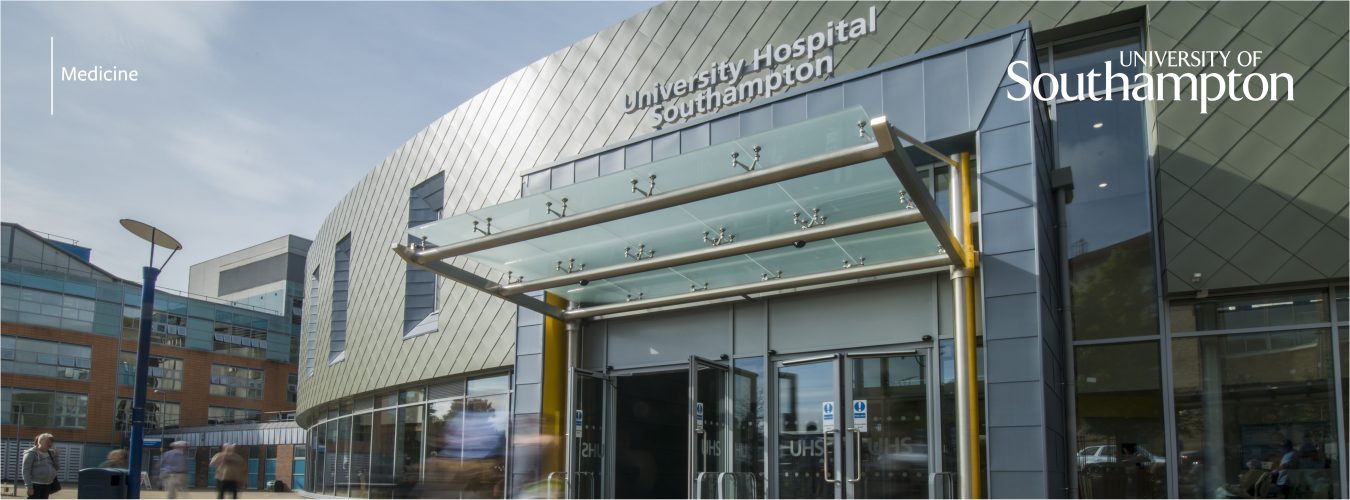It is inevitable that when coming to the end of something, you begin to reminisce and look back at what you have achieved. This is what I have been finding myself doing recently. When I wrote my last blog in January, we were in the depths of winter, entering what proved to be another 3+ months in lockdown and I was in the midst of finishing the second draft of the REF environment statement for UoA1 (Clinical Medicine). Some four months later and what a different world we find ourselves in. The sun is shining outside, it is light in the morning for my cycle ride and next week I will meet the rest of the Faculty leadership in person (in carefully planned socially distant manner) for the first time this year as we look to further develop the future strategy for the Faculty of Medicine.
The Research Excellence Framework (REF) is a national assessment of the research taking place in all UK universities. Every six to seven years, institutions are asked to submit examples of their best research to be assessed by panels of academics and industry experts. REF is an important source of funding for the University and Faculty – and the outcome will affect our research reputation for many years, influencing our ability to recruit staff and students, and develop partnerships with organisations in the UK and overseas. With this in mind, the REF submission for the Faculty was the culmination of six years of careful preparation by a whole team of people, ably managed behind the scenes by the unsung hero that is our Faculty Research Manager, Matt Coleman.
The environment statements for each Unit of Assessment (UoA) begin by introducing the Faculty, describing the number of staff being returned in each subject area, the organisational structure, highlighting our achievements since the last REF, as well as describing our research and impact strategies, support for interdisciplinarity, and commitments to research integrity and open research. The second section focused on people including staff development, support for research students and EDI. Research income, infrastructure and facilities were described in the third section, and finally collaboration and contribution to the research base, economy and society in section four. The size of the statements was governed by the number of staff being returned and ran to almost 16,000 words for UoA1 (Clinical Medicine) and 8,000 words for UoA2 (Public Health, Health Services and Primary Care).
In total, we returned 226 Staff to REF including 197 in UoA1 (Clinical Medicine), 18 in UoA2 (Public Health, Health Services and Primary Care, nine in UoA4 (Psychology, Psychiatry and Neuroscience), and six across UoA3 (Allied Health Professions, Dentistry, Nursing and Pharmacy), UoA5 (Biological Sciences), and UoA20 (Social Work and Social Policy). Well over 2,000 research publications from the Faculty published since January 2014 to December 2020 were read and scored by at least two members of the Faculty review panel, to enable us to decide which papers to include in our submission. All were checked for open access compliance by Helen Carter and the library eprints team and author contribution statements gathered and entered into PURE.
We sought examples of impact outside academia derived from our research from across the Faculty and considered well over 20 ideas for impact case studies that were taken to various stages of draft before we settled on our final 12 (10 for Clinical Medicine and 2 for Primary Care) for this submission. These were all drafted by the authors, reviewed by the impact team led by Salim Khakoo initially, and then Nick Evans for UoA1 and Paul Little and Mike Moore for UoA2, and sent to external reviewers for further feedback. Instrumental in the impact case studies was the skills of Becky Attwood who not only helped authors shape their initial draft in some cases, but also reviewed, polished and put the final flourish on all the case studies we submitted. All of this was overseen by the Research Performance team in RIS who were always there to help guide and support us and interpret the nuance of each REF regulation. All in all, the work of a huge team of people over a considerable period of time.
So how do I feel now it is all over? Exhaustion? A sense of relief that it is all over? Actually, the overwhelming feeling is one of pride. I have spent almost 24 years in the Faculty, and I have always known it was full of amazing scientists and clinicians doing amazing things. However, having to pull together the showcase of the best of our research and impact for the REF submission has helped me appreciate the entirety of the Faculty’s research output in a way I never would have been able to otherwise. From public health studies to clinical trials, regenerative medicine to infectious disease, and asthma to cancer immunology, what you all do every day is amazing. You should be very proud too.
This will almost certainly be my last Faculty leadership blog as Associate Dean (Research) as I step down at the end of August. All I can say is that it has been an immense privilege to have helped in a small way to enable you all to achieve all you do in research over the past six years. As I ride off into the sunset in the summer, I know this Faculty will continue to change the world for the better for years and years to come.
In the immortal words of Douglas Adams, so long and thanks for all the fish.


“So long and thanks for all the fish…” by Professor John Holloway